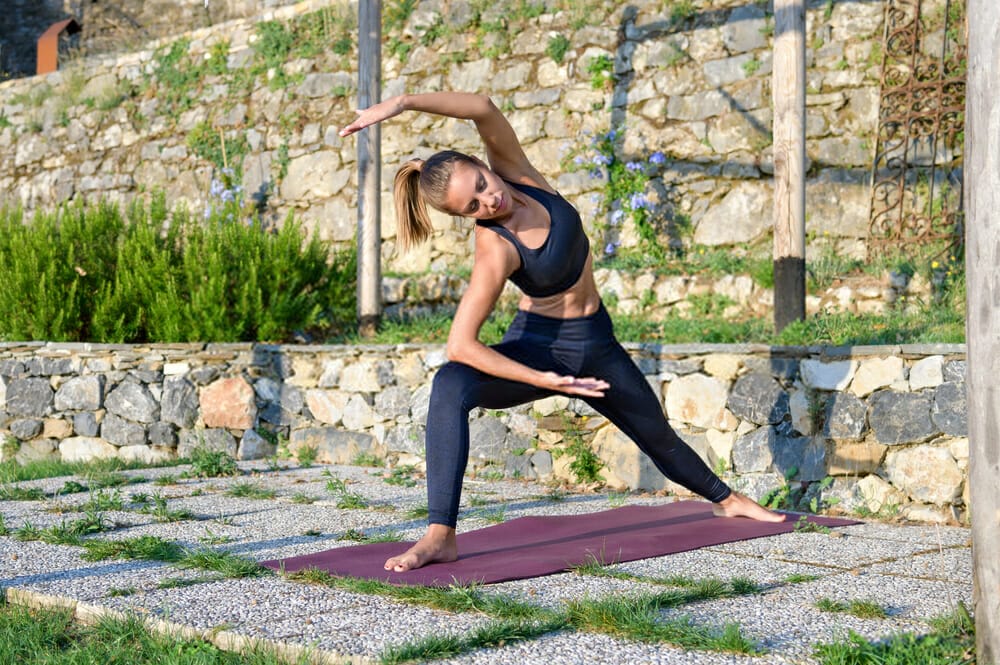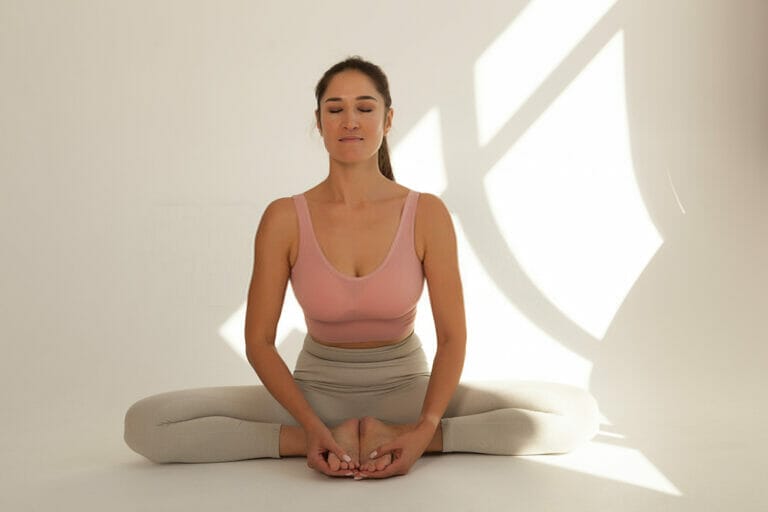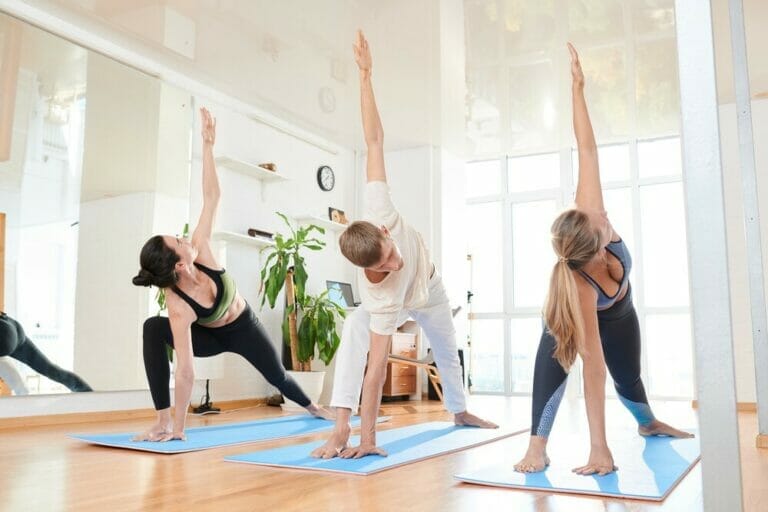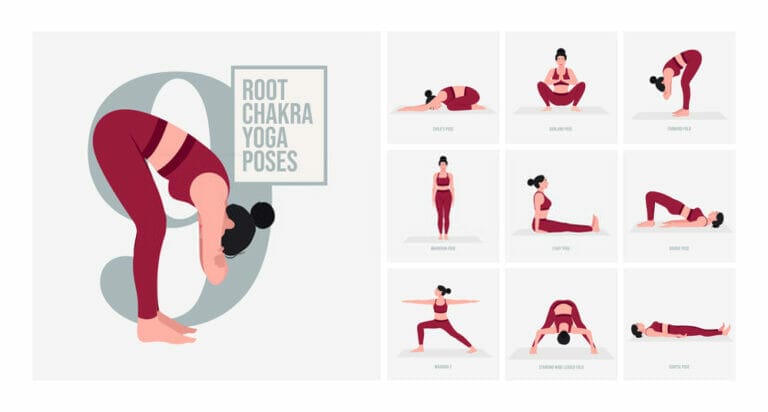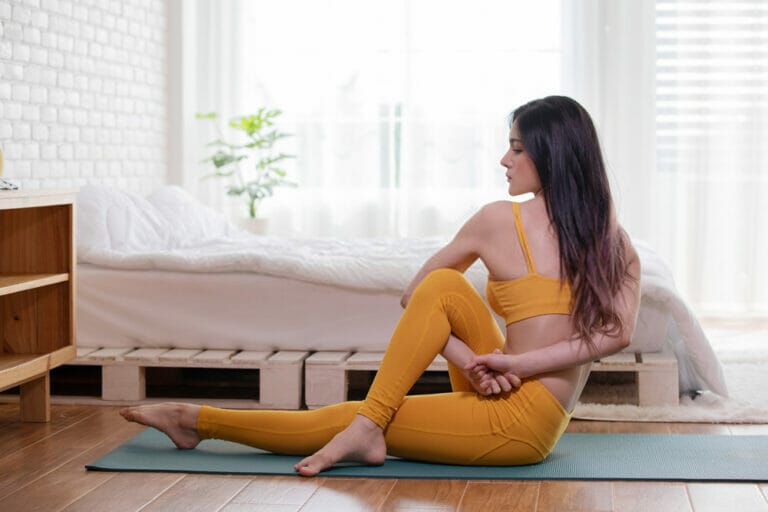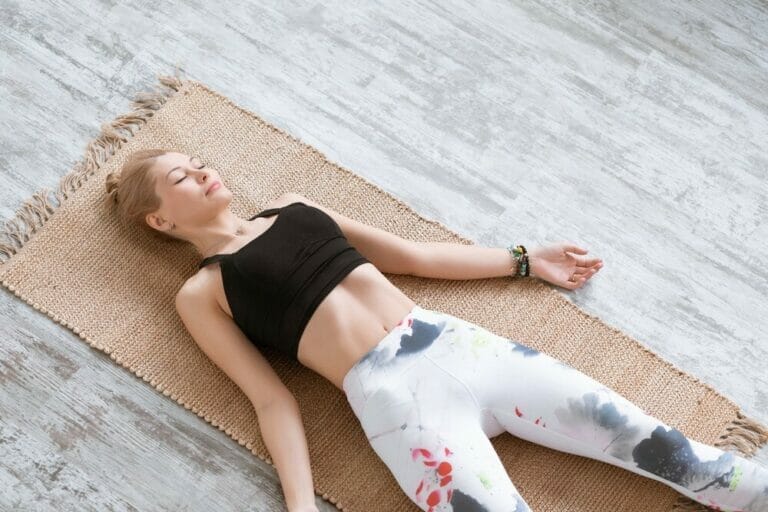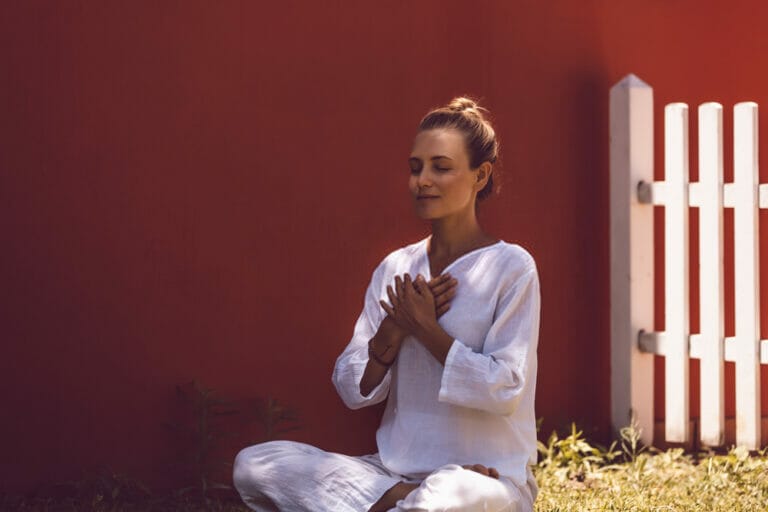Utthita Parsvakonasana or Extended Side Angle Pose
Utthita Parsvakonasana is also known as the Extended Side Angle Pose and is a yoga pose that helps stretch regions of the body that are not often stretched.
Extended Side Angle Pose yoga derives its name from extended, flank, and angle.
It is also one of the basic poses in yoga, where you gradually help your body get used to stretching and contorting.
Utthita Parsvakonasana is defined as the active extension of the side body bound at an angle. In short, it's known as Parsvakonasana or the side angle position.

Extended side angle pose is performed by stretching the side body to a precise position in which you are measuring the length from your heel to the fingertips above.
Although it is a beginner-level pose, if it is challenging for you, it can be practised as a combination of Utthita Trikonasana and Warrior pose 2.
The legs in this position are comparable to those in Warrior 2 and the hands in the extended triangle pose.
Level of Difficulty – Intermediate
Extended Side Angle Pose is a moderate to intermediate level asana. It involves several muscle groups, particularly the muscles in your legs and core. However, if you are a beginner, you can always practice this pose by using props like a chair or wall.
Preparation poses
Before you attempt this pose, you may want to do a few preparatory poses such as –
- Vrksasana (tree pose)
- Prasarita Padottasana (Intense leg stretch pose)
- Utthita Trikonasana (Extended Triangle Pose)
- Virabhadrasana 2 (Warrior Pose 2)
- Reclining Bound Angle Pose (Supta Baddha Konasana)
- Wide-legged Forward Bend (Prasarita Padottanasana)
- Accomplished Pose (Siddhasana)
- Reclining Hero Pose (Supta Virasana)
How to do it:
- Begin with the mountain pose, also known as Tadasana. Begin by standing straight with your feet next to each other and your hands facing outward.
- Exhale and spread your feet three feet apart.
- Raise your arms parallel to the ground and place them at your sides. You must be standing with your feet apart, shoulders broad, and palms down your sides.
- Turn your left foot to the left and your right foot forward.
- Turn your left thigh outwards until the middle of your knee and the ankle of your left foot are in the same line.
- Turn your hips in the direction of your left leg while keeping your body straight.
- Inhale now and slowly bend your left knee over your left ankle, such that your shin is perpendicular to the ground.
- The left thigh is now parallel to the floor as well. From hip to your ankle, your right leg is straight and stretched.
- Slowly extend your right arm above your head on your left side while still in this stance. Your palm should be straight and facing the ground. The arm should also be in contact with your right ear.
Tips
- You can always make use of a wall as your extended hand.
- Don’t be afraid to take your time, and only go as far as you feel comfortable.
Modifications
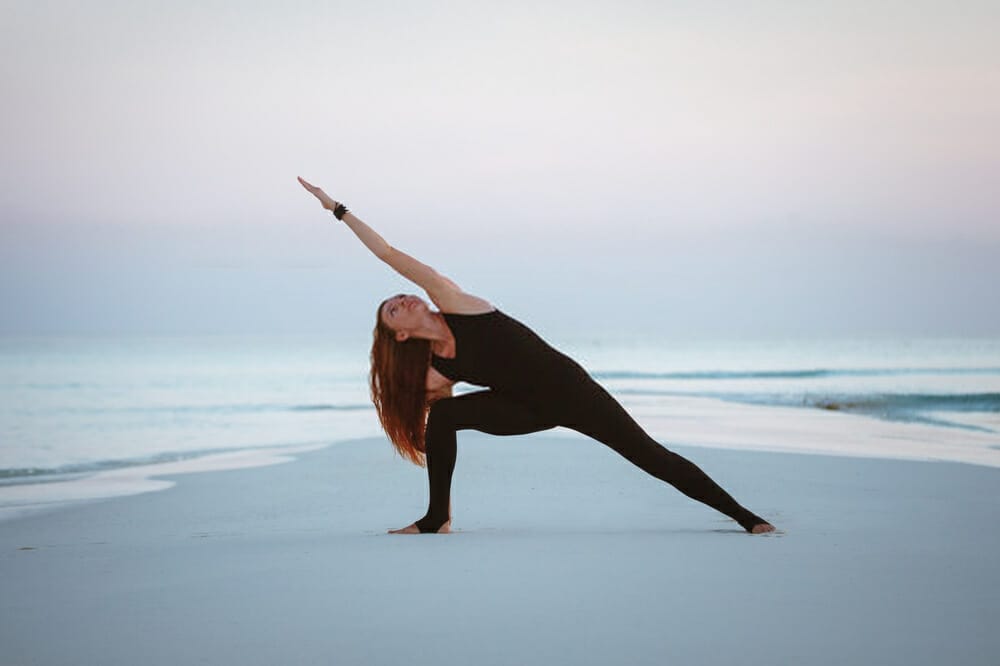
- Make a noose out of a strap and have a friend hold the bend leg thighs through it. It will support your inner groins and let you hold the pose for a longer time.
- Another variation for Parsvakonasana involves holding the lower arm in front of the bent-knee thigh. It will aid in improving the stretch in the front groin.
Precautions
- Be careful not to get stuck or twisted at the top of your extended leg. If you do, you will lose balance and have to use a wall or a chair to support yourself
- This pose is more challenging if you don’t bend your right knee, so go slowly and don’t force it.
- Avoid doing this posture if you have headaches, sleeplessness, or other issues connected to blood pressure or hypertension.
- If you have chronic neck discomfort or neck difficulties, you should omit the stage of attempting to stare into the palm of the extended hand and keep your head straight while performing the posture.
Benefits
- It helps the legs, groin, chest, lungs, ankles, spine, shoulders, and abdomen by stretching them out.
- This position strengthens the knees, ankles, and legs while stretching the groin, abdomen, lungs, chest, and waist muscles.
- It boosts stamina while stimulating the abdominal organs.
- It is believed to aid with infertility, constipation, osteoporosis, weak backs and chronic back pain, menstrual discomfort, and even the extremely painful sciatica nerve irritation.
- The goal of any yoga posture is to gradually balance out all body systems, including removing toxins and stiffness.
- The asana or position tries to increase that body part’s full operating capabilities; therefore, in this pose, with all of the stretching, all of the strong muscles holding the hips and spine are also stretched.
- Because these muscles are generally not extended, this deep stretching is highly advantageous for muscle health.
Conclusion:
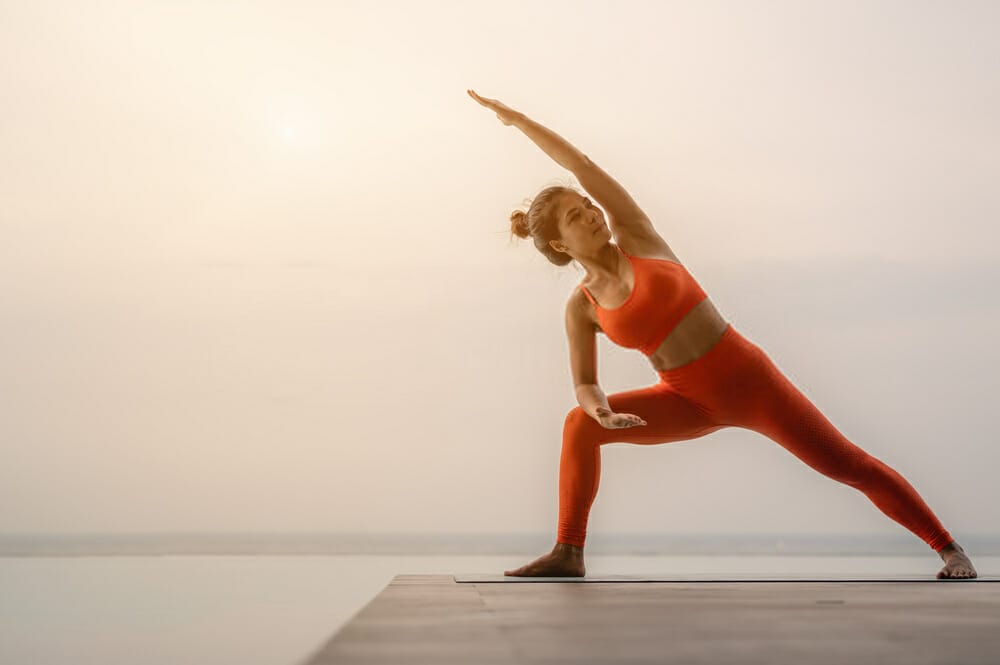
The extended side angle pose is an excellent position to release stiffness and tension from the back, chest, shoulders and hamstrings. In addition, it improves the blood circulation in the legs and arms by stretching them out.
It also removes any stress in your upper body, increasing your mental and physical focus levels. So, with this pose, you will experience a healthier and more balanced body.

